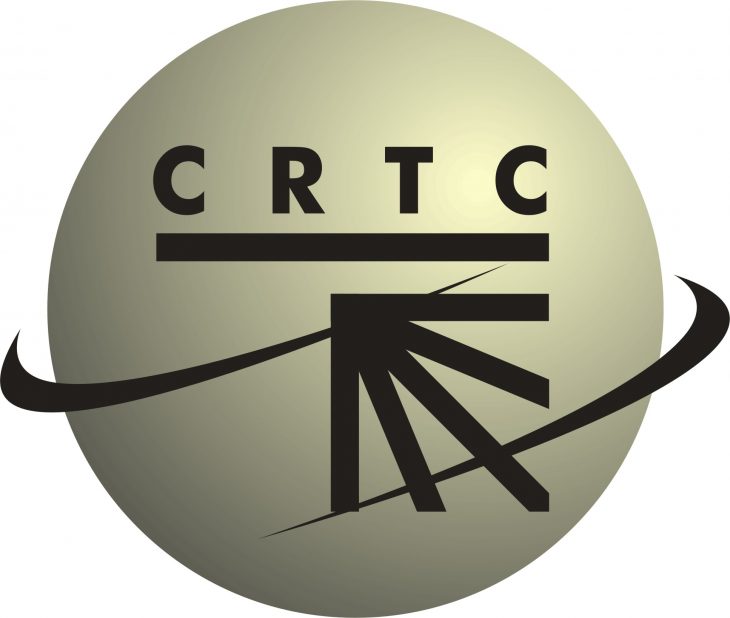
OTTAWA-GATINEAU — After months of public consultation, the CRTC has put the finishing touches on its regulatory policy concerning so-called hybrid video-on-demand (hybrid VOD or HVOD) services, issuing today a revised exemption order for VOD undertakings that takes effect immediately.
In Broadcasting Regulatory Policy CRTC 2015-355, the CRTC defines the newly created HVOD service category and outlines the rules that apply to HVOD services, explaining how they will be exempt from having to meet the specific regulatory requirements relating to financial contributions to and library space for Canadian programming that are applicable to traditional licensed VOD services.
To qualify for exemption, if the VOD services offered by a licensed BDU feature exclusive content (programs for which the rights are held on an exclusive basis) then that exclusive programming must also be made available to all Canadian Internet users on an online version of the VOD service that is not dependent on a subscription to a specific BDU, ISP or mobile service, the CRTC said. In other words, to be defined as an HVOD service and thus exempt from Canadian programming obligations, the BDU must allow Internet users to access its online VOD service without requiring them to subscribe to a particular TV, Internet or wireless provider.
“This will help remove barriers for Canadian companies to compete on an equal footing in an on-demand environment, while ensuring that Canadians throughout the country have access to programming, including original Canadian programming, on Canadian-operated online platforms,” the CRTC said in its policy decision.
As they stand now, Rogers and Shaw’s shomi service and Bell’s CraveTV would not qualify for exemption as they do not meet the criteria of an HVOD service as defined by the CRTC. It remains to be seen if Bell will opt to operate CraveTV as an HVOD service when it takes it directly to Internet consumers at the beginning of next year.
As part of its revised exemption order (Broadcasting Order CRTC 2015-356), the CRTC added a criterion requiring that an undertaking wishing to operate as a HVOD service must register it as such with the Commission. The Commission explained in its policy decision that it agreed with comments submitted by private citizens that regulatory clarity was needed to differentiate HVOD services from unlicensed video services that currently operate under the digital media exemption order (DMEO).
“In light of the differences between the rules established for HVOD services in this policy and those imposed on services operating under the DMEO, it will not be possible for a single service to operate under both regimes,” the CRTC wrote in its policy decision.
“However, given the likelihood that services operating under the DMEO and those operating as HVOD services will appear similar from the viewer’s perspective, the Commission concurs that identification of the exemption order under which a given service operates is essential to avoid confusion and possible regulatory gaming. Identification of a service’s category will also facilitate the Commission’s ability to address complaints against or problems with these services,” the CRTC added.
During the public consultation, Rogers and Shaw submitted comments to the CRTC, stating it was their objective to offer shomi customers an identical experience on all platforms, but it was not always possible for technical reasons. As such, it might not be possible to offer identical programming between the BDU-specific version of the shomi service and the online version, Rogers and Shaw argued.
In its policy decision, the Commission acknowledged the arguments made by Rogers and Shaw regarding technical limitations presented by set-top boxes as compared to the Internet. However, in the end, the CRTC reiterated its position in Broadcasting Regulatory Policy 2015-86 (the Let’s Talk TV “Create Policy”), saying: “Any regulatory approach to HVOD services should be consistent with the principle set out in the Create Policy that the content of these services must be made available to all Canadians over the Internet in a manner that is not dependent on a specific BDU, mobile or ISP subscription.”
Further to its position on this matter, the CRTC has added an “undue preference” provision to the expanded VOD exemption order to deal with any other instance of offering programming on a preferential basis.
A number of media production industry stakeholders submitted comments during the public consultation, raising concerns about the impact on Canadian programming, both in terms of financing and availability, if HVOD services are exempt from regulatory requirements related to Canadian content and media production funds. In particular, ADISQ (the Association québécoise de l’industrie du disque, du spectacle et de la vidéo) and AQPM (the Association québécoise de la production médiatique) proposed HVOD services should be subject to annual reporting requirements similar to those applicable to licensed VOD services.
“The Commission considers that there is merit to the proposal by ADISQ and the AQPM regarding annual reporting requirements for HVOD services. In particular, this measure could help address some of the concerns expressed by parties representing the creative sector by monitoring new developments in the on-demand world, including how Canadian programming is performing in that area in the absence of contribution requirements or obligations for inventory,” the CRTC said.
“Accordingly, the Commission has required the filing of a simplified annual return for these services in the revised exemption order,” the CRTC added.
The public record for the proceeding that led to Broadcasting Regulatory Policy CRTC 2015-355 can be found on the Commission’s website at www.crtc.gc.ca.



